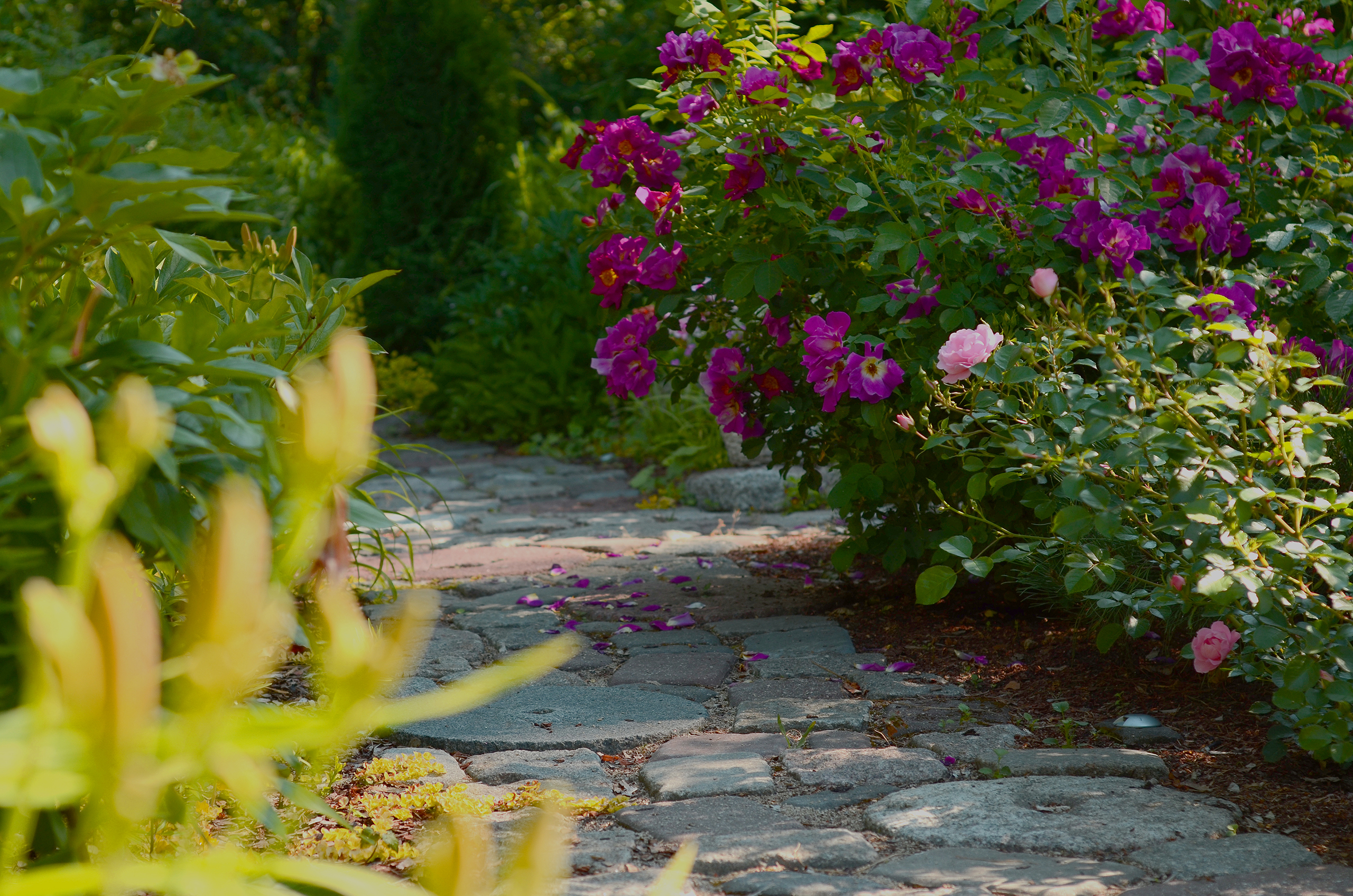
GARDEN PATHS
Paths or walkways in the courtyard of a house are one of the elements of the landscape – they provide easy movement by connecting different objects in the courtyard, as well as serve a decorative function.
All garden planning starts with research and analysis. The guiding principle when planning a pathway network should be “me and my needs”. It is also important to consider the long-term location of pathways. This can easily be done by living on the existing site for a while – where there are obvious paths in the lawn, there are also the most used footpaths that should be hard surfaced. We work on the principle that if a lawn is being trampled somewhere, a path should probably be built there too.
Too many paths unnecessarily fragment the garden and unnecessarily divide the lawn into squares. A well-kept lawn is a great asset to a garden, and replacing it with paths that are rarely used would not be a good idea.
It is small gardens that benefit from paths more. Although it may seem the opposite at first, large areas are less prone to grass defects from traffic than small areas, because people choose different paths of movement over a large area, resulting in a greater distribution of the load on the lawn.
Ideas for different looks and garden paths can be as simple or as complex as you like. But the shape and materials you choose will make a big difference to the overall feel of the garden space.
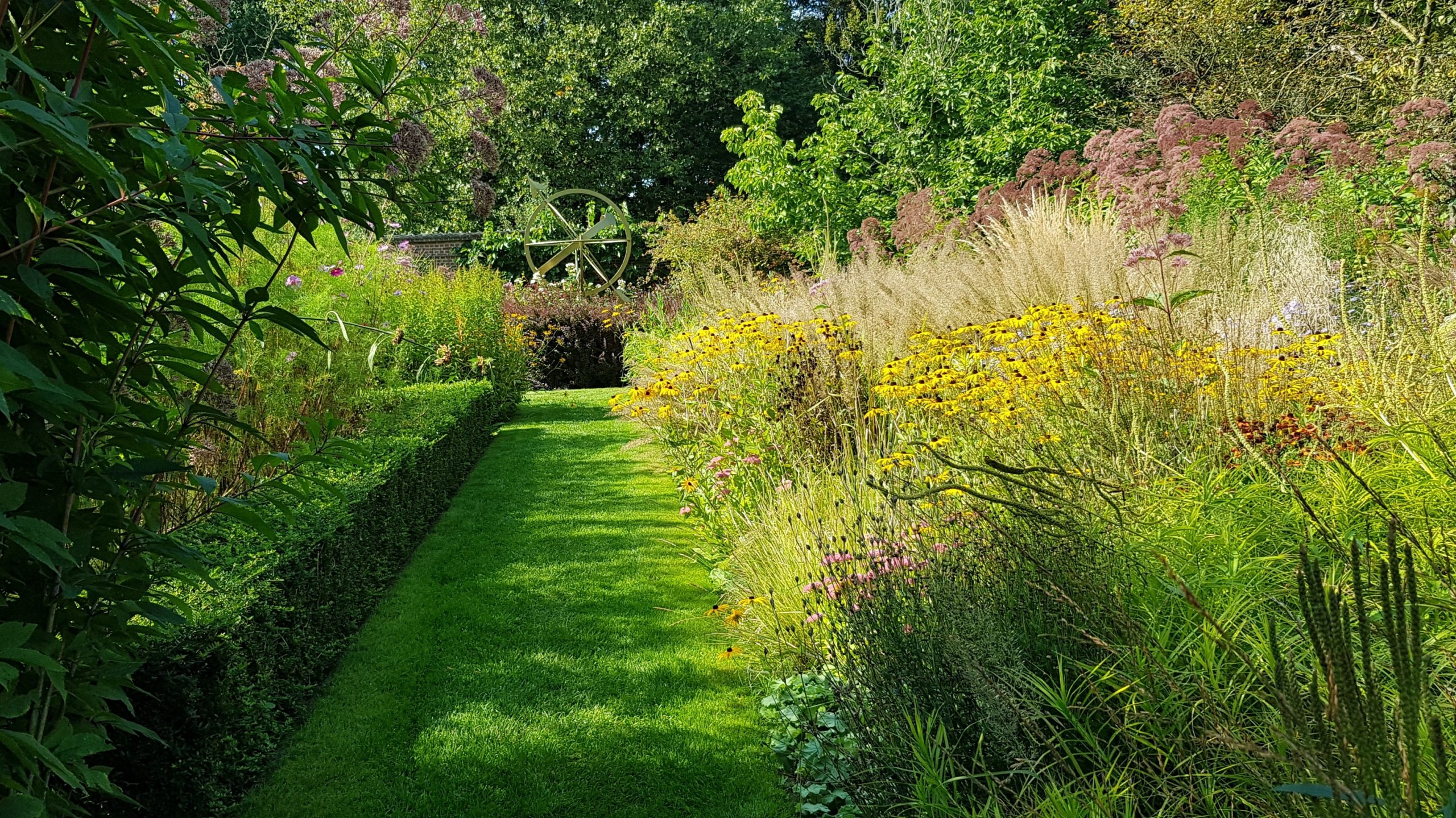
SHAPE OF PATHS
If gardens, especially small ones, have a geometric layout and architecture, it is best to match this with straight garden paths. A wide, straight path leading to the object directs the gaze while giving the garden a sense of proportion and linear perspective.
The winding garden paths, designed to let you enjoy both the journey and the destination, give the space an informal feel. Natural-looking curves need enough space and repetition to create a harmonious garden. A meandering garden path will create a mysterious atmosphere and add depth to the garden space.
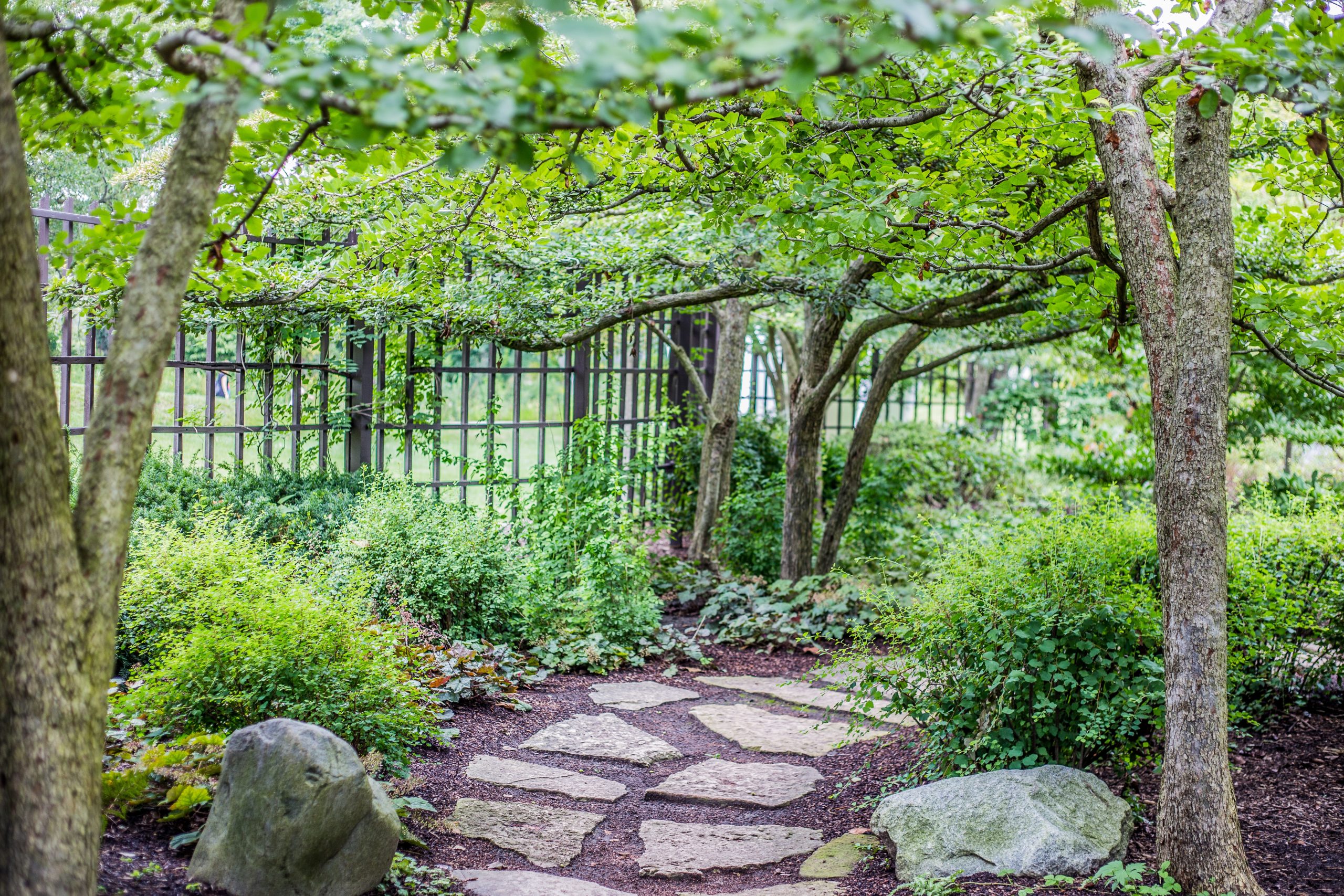
PATH MATERIAL
- stone (crushed stone, gravel, pebbles, paving stones, etc.)
- timber
- concrete
- brick
- mown lawn
- paths made of improvised materials (from glass to used plastic tarpaulins)
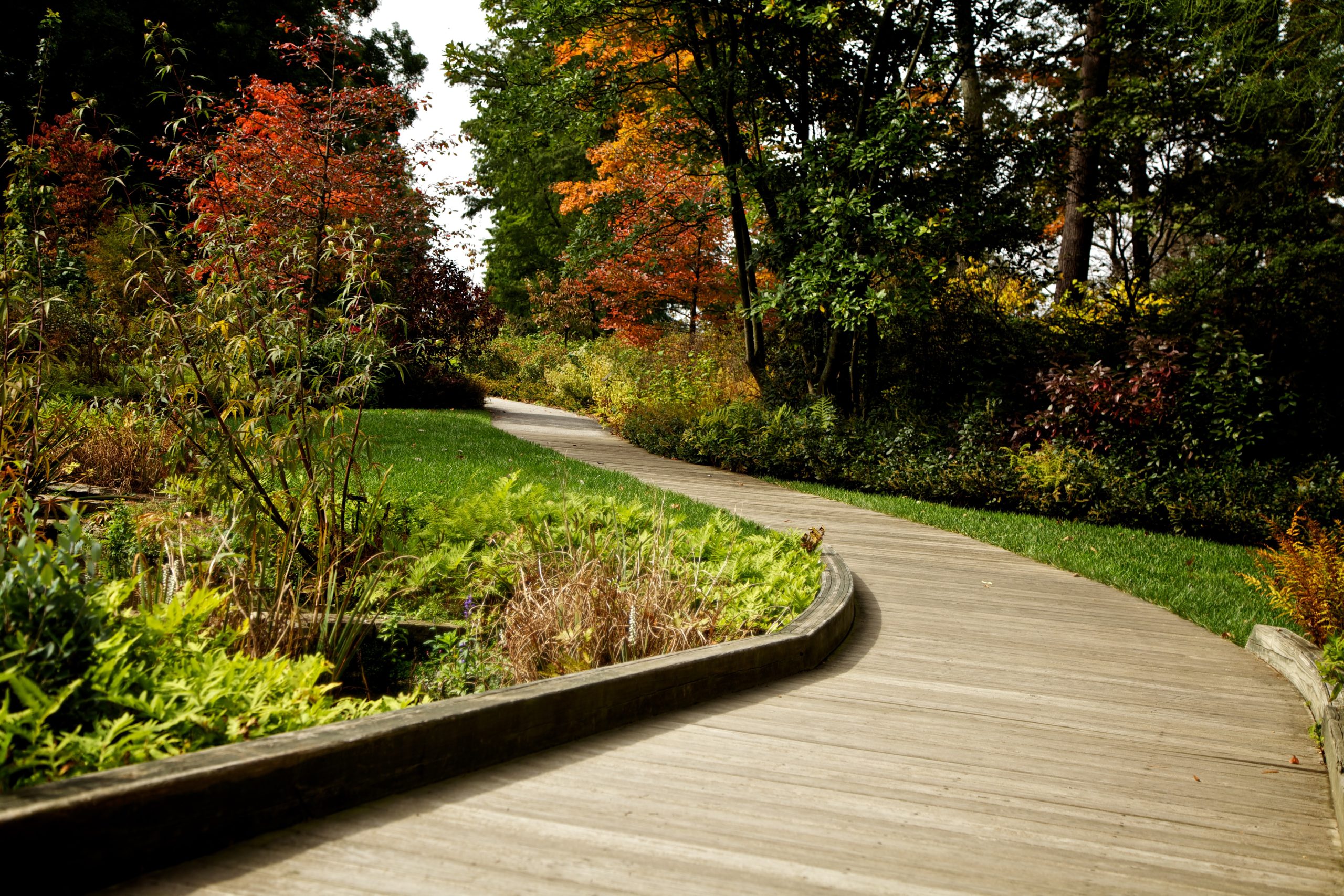 A universal tip for any path material is to lay it on the same level as the lawn. This will certainly make it easier to maintain and mow your lawn.
A universal tip for any path material is to lay it on the same level as the lawn. This will certainly make it easier to maintain and mow your lawn.
The path in the house access area from the gate to the garage or front door is the most commonly used route. It must be sufficiently wide, hard, level and slip-resistant.
Yard paths can be made of different materials, such as natural stone. Pebbles and crushed stone can be spread as they are ideal for small areas where paving would be difficult or impractical.
A path made of paving stones or paving tiles will also last a long time. Concrete or concrete slabs are often used to create original paths.
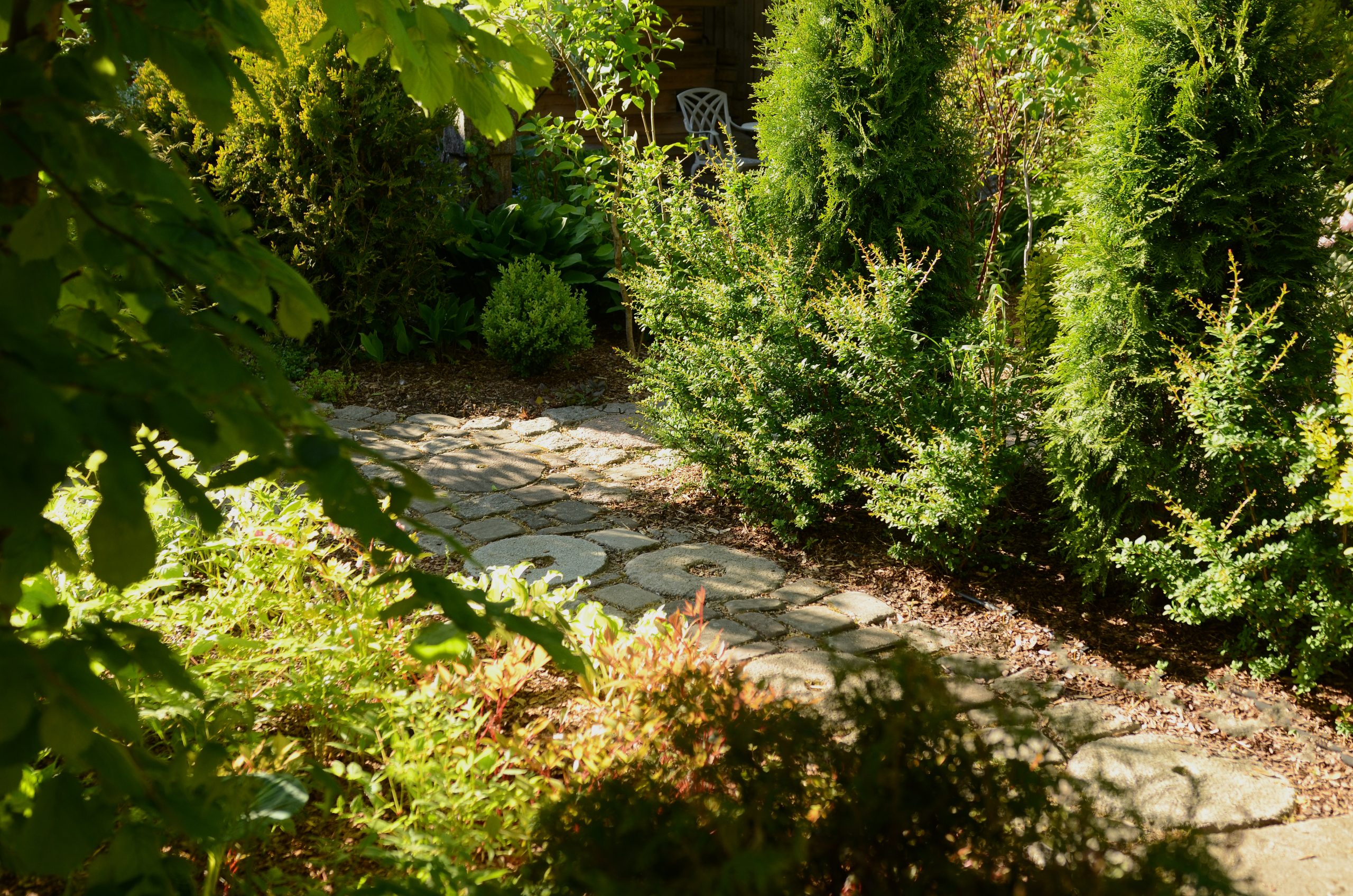
In rural landscapes, paths are often made of wood, but it is important to bear in mind that path surfaces can become slippery when it rains. Brick is also an excellent material for paving, especially if the house is also made of it. Gravel is often used as a paving material, as it goes well with most paving stones and is cheap and easy to lay. Mown paths in large areas of grass or meadow are a simple and practical solution.

Consider the style of your garden and home to ensure that paths are not only practical and easy to maintain, but also attractive, complement your garden landscape and create a harmonious feel to the outside space. Good luck!
JARDI



